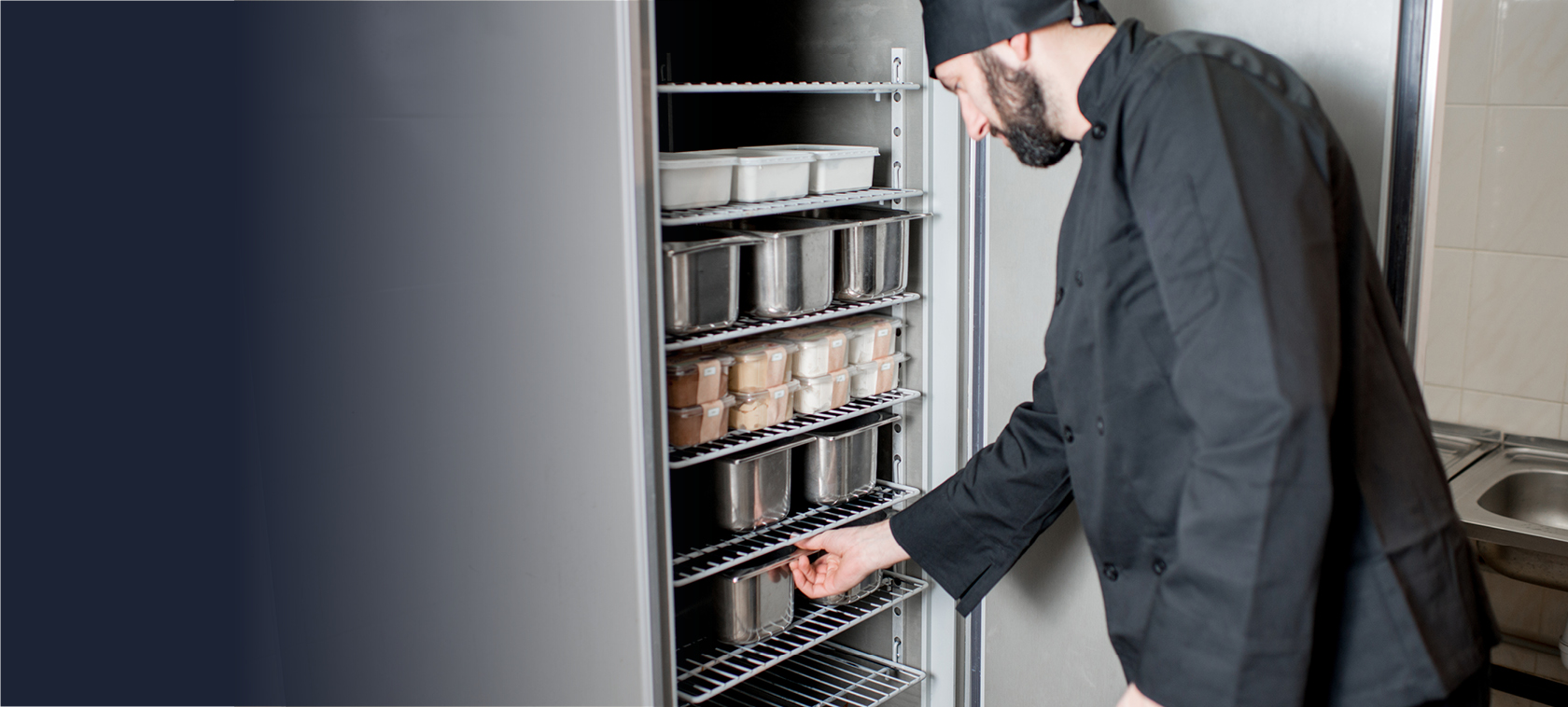The NHS Test and Trace app has been around for a few months now. It was introduced in England and Wales (Scotland and Northern Ireland have their own versions of apps that have similar functionality) as a means of limiting lockdowns and avoiding further economic shocks by selectively stopping the virus dead, at key hotspots detected by the app. However, there have been a few teething problems during this period.
The main issues being reports of false alerts, scam calls and malfunctions in the data collected.
NHS Test and Trace was devised to follow the spread of the virus from one person to another – stopping it in its tracks. It works using Bluetooth signals to track who you come into ‘close contact’ with via another app enabled phone, which is then logged. You can report symptoms and positive COVID-19 tests on the app, meaning those in close contact with you will be notified. Likewise, the app will inform you if you have been in close contact with a person who has tested positive.
Contract Tracers consider ‘close contact’ to have occurred if people have been within two metres of one another for 15 minutes or longer, or within one metre for one minute. These times are for single exposure and are not cumulative. For example, someone would not be considered a close contact if they had been within two metres of someone 15 times in a day, but for only a minute each time.
The app only alerts you if it suspects a close contact situation. You are not obliged to self-isolate if only the app alerts you of this. You will have to self-isolate if a member of the NHS Test and Trace team (or its equivalent in the devolved nations) contacts you directly, either by phone, text or email.
There have been countless reports of malfunctions related to the close contact functionality of the app. This is a particularly concerning situation in the hospitality and manufacturing industries, where staff put their phones in lockers close to each other before work. If many phones are located close together for long periods of time, then it is possible that the Test and Trace app will falsely identify close contacts.
In these situations, it is recommended that mobile phones are either turned off completely, or the tracing function on the app is turned off when the phones are in lockers. Displaying posters or notices reminding employees of this action may help to ensure that this happens.
Given it is a legal requirement to contact your local Environmental Protection Team if more than five people within a 14 day period contract the virus. It is important to determine if Test and Trace alerts are genuine or have just occurred because of perfectly healthy team members keeping their phones in lockers for prolonged periods.
NHS Test and Trace will only contact you by phone, email or text. They may leave a message, and you do not need to call them back if you missed the call, they will ring again later. The number they ring from is 0300 013 5000 and text messages will be from ‘NHStracing’ – which is a protected sender ID. Any messages or phone calls that do not fit these results may be a scam. More importantly, NHS Test and Trace will never ask you for any sort of payment – it is a completely free service for everyone. So, if you are suspicious of any activity then you should contact Action Fraud to verify what is a legitimate communication and what is not.



